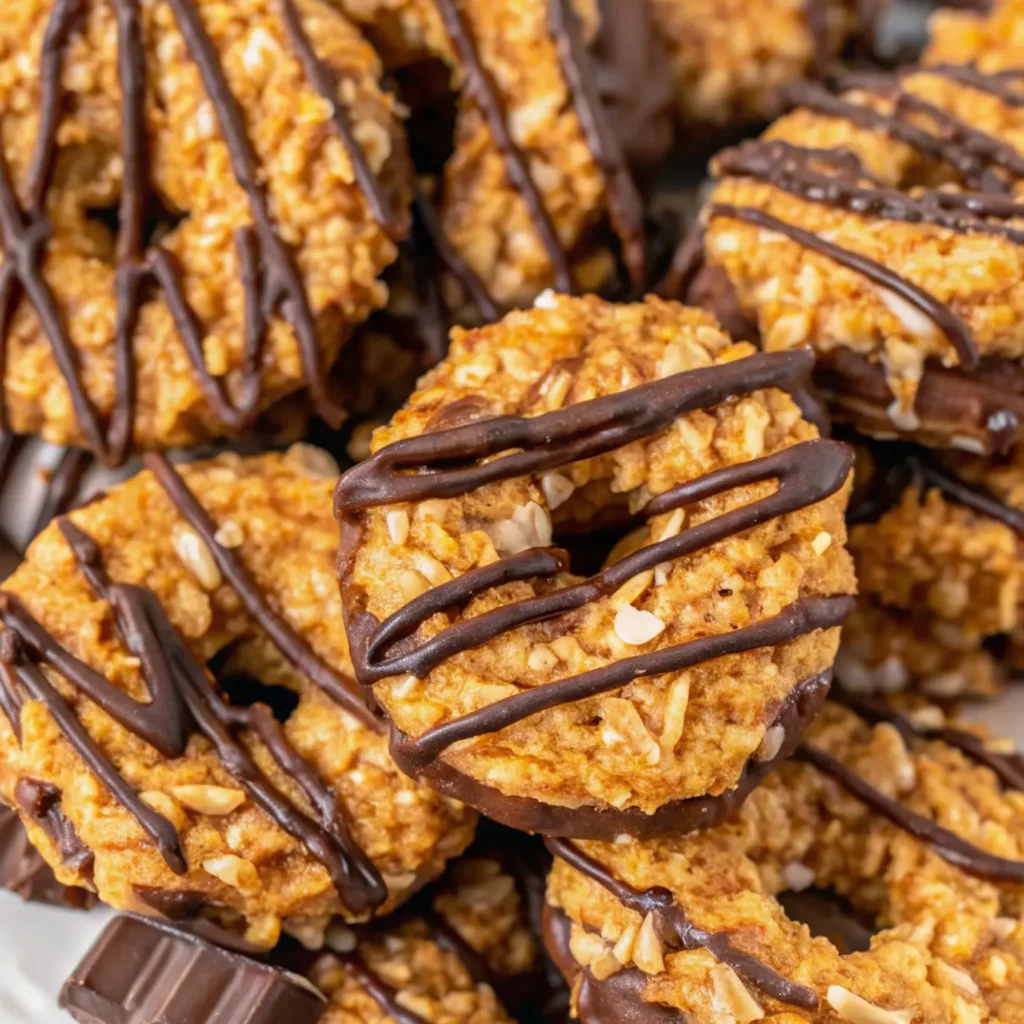Neem trees are not only beautiful but also have numerous medicinal and practical uses.
Neem trees, native to the Indian subcontinent, are known for their hardiness and resilience.
They thrive in tropical and subtropical climates and are valued for their medicinal properties, pest-repellent qualities, and even their use in natural toothpaste.
In this guide, I’ll walk you through the best methods for propagating neem trees, so you can enjoy their benefits without spending a fortune.
When to Propagate Neem Trees
Best Season
The best time to propagate neem trees is during the spring or early summer. This is when the tree is actively growing, and the conditions are ideal for root development.
Plant Growth Cues
Look for signs of new growth, such as fresh leaves and shoots. This indicates that the tree is in a growth phase and is more likely to produce healthy cuttings or seeds.
Climate Tips
Neem trees prefer warm, humid conditions. If you live in a colder climate, consider propagating indoors or in a greenhouse to provide the necessary warmth and humidity.
What You’ll Need
- 🌿 Healthy neem tree cuttings or seeds
- 🧪 Rooting hormone (optional)
- 🌱 Potting soil or seed-starting mix
- 🏡 Small pots or trays
- 💦 Watering can or spray bottle
- ✂️ Pruning shears
- 🌡️ Plastic dome or clear plastic bag (for humidity)
Propagation Methods for Neem Trees
Which Method is Easiest?
Propagating neem trees from seeds is the easiest and most successful method.
What Works Best for Different Conditions?
- Seeds: Best for beginners and those in warm climates.
- Cuttings: Suitable for experienced gardeners and those with access to healthy parent plants.
- Root Suckers: Ideal for those with established neem trees that produce suckers.
Success Rates & Difficulty Levels
| Method | Success Rate | Difficulty |
|---|---|---|
| Seeds | 85% | Easy |
| Cuttings | 70% | Moderate |
| Root Suckers | 80% | Moderate |
Step-by-Step Propagation Guide

Propagating from Seeds
- Collect Seeds 🌱: Gather fresh neem seeds from a healthy tree. The seeds are usually found inside the fruit, which turns yellow when ripe.
- Prepare the Seeds 🌱: Remove the pulp from the seeds and let them dry for a few days. This helps prevent mold and ensures better germination.
- Plant the Seeds 🌱: Fill small pots or trays with well-draining potting soil. Plant the seeds about 1 inch deep and water them gently.
- Provide Warmth and Humidity 🌡️: Place the pots in a warm, humid location. You can cover them with a plastic dome or clear plastic bag to maintain humidity.
- Monitor and Water 💦: Keep the soil consistently moist but not waterlogged. Check for signs of germination, which usually occurs within 1-2 weeks.
- Transplant Seedlings 🌱: Once the seedlings have developed a few sets of true leaves, transplant them into larger pots or directly into the garden.
Propagating from Cuttings
- Select a Healthy Branch 🌿: Choose a healthy, young branch from the neem tree. The branch should be about 6-8 inches long.
- Make the Cut ✂️: Using pruning shears, cut the branch at a 45-degree angle just below a leaf node (the point where a leaf meets the stem).
- Prepare the Cutting 🌿: Remove the lower leaves from the cutting, leaving only a few at the top. Dip the cut end in rooting hormone (optional) to encourage root growth.
- Plant the Cutting 🌱: Fill a small pot with well-draining potting soil. Plant the cutting about 2-3 inches deep and water it gently.
- Provide Warmth and Humidity 🌡️: Place the pot in a warm, humid location. Cover it with a plastic dome or clear plastic bag to maintain humidity.
- Monitor and Water 💦: Keep the soil consistently moist but not waterlogged. Check for signs of rooting, which usually occurs within 2-4 weeks.
- Transplant the Cutting 🌱: Once the cutting has developed a strong root system, transplant it into a larger pot or directly into the garden.
Propagating from Root Suckers
- Identify Root Suckers 🌿: Look for small shoots growing from the roots of an established neem tree. These are called root suckers.
- Dig Up the Sucker 🌿: Carefully dig around the root sucker to expose its roots. Make sure to keep as many roots intact as possible.
- Separate the Sucker ✂️: Using pruning shears, cut the root sucker from the parent plant. Ensure you have a good portion of the root system attached.
- Plant the Sucker 🌱: Fill a small pot with well-draining potting soil. Plant the root sucker at the same depth it was growing in the ground and water it gently.
- Provide Warmth and Humidity 🌡️: Place the pot in a warm, humid location. Cover it with a plastic dome or clear plastic bag to maintain humidity.
- Monitor and Water 💦: Keep the soil consistently moist but not waterlogged. Check for signs of new growth, which usually occurs within 1-2 weeks.
- Transplant the Sucker 🌱: Once the root sucker has established a strong root system, transplant it into a larger pot or directly into the garden.
Common Problems & How to Fix Them
Seeds Not Germinating
Fix: Ensure the seeds are fresh and have been properly dried. Maintain consistent warmth and humidity during the germination period.
Cuttings Wilting
Fix: Increase humidity by covering the cutting with a plastic dome or clear plastic bag. Ensure the soil is consistently moist but not waterlogged.
Root Suckers Not Growing
Fix: Make sure the root sucker has a sufficient root system attached. Provide consistent warmth and humidity to encourage growth.
How to Care for Newly Propagated Neem Trees 🌱
Providing the Right Environment 🌡️
Once your neem tree cuttings, seeds, or root suckers have taken root, it’s crucial to provide them with the right environment to thrive. Neem trees prefer warm, humid conditions, so keep them in a location with temperatures between 70-90°F (21-32°C). If you live in a colder climate, consider using a greenhouse or indoor setup to maintain the ideal temperature.
Light Requirements 🌞
Neem trees love sunlight! Place your newly propagated plants in a spot where they can receive at least 6-8 hours of direct sunlight each day. If growing indoors, a south-facing window is ideal. Remember, too much direct sunlight can scorch young plants, so provide some shade during the hottest part of the day if necessary.
Watering Tips 💦
Water your neem trees regularly, ensuring the soil remains consistently moist but not waterlogged. A good rule of thumb is to water when the top inch of soil feels dry to the touch. Overwatering can lead to root rot, so it’s better to err on the side of caution.
Soil and Fertilization 🌱
Neem trees prefer well-draining soil that is rich in organic matter. You can use a standard potting mix or create your own by combining equal parts of peat moss, perlite, and compost. Fertilize your neem trees every 2-3 months with a balanced, slow-release fertilizer to promote healthy growth.
Pest and Disease Management 🐛
Neem trees are generally resistant to pests and diseases, but it’s always good to keep an eye out for any signs of trouble. Regularly inspect your plants for pests like aphids, spider mites, or scale insects. If you notice any issues, treat them promptly with an organic insecticide or neem oil spray.
Advanced Tips for Propagation 🌟
Using Rooting Hormone 🧪
For experienced gardeners, using a rooting hormone can significantly increase the success rate of propagating neem trees from cuttings. Dip the cut end of the cutting in rooting hormone powder before planting to encourage faster and stronger root development.
Bottom Heat 🔥
Providing bottom heat can speed up the rooting process for cuttings. Place your pots on a heating mat set to around 75°F (24°C) to create a warm, cozy environment for your cuttings to root.
Misting System 💦
Investing in a misting system can help maintain consistent humidity levels, which is crucial for the successful propagation of neem trees. Set up a misting system to automatically spray your cuttings or seedlings with a fine mist of water at regular intervals.
When to Transplant 🌱
Checking for Root Development 🌿
Before transplanting, make sure your neem tree has developed a strong root system. Gently tug on the plant to check for resistance, which indicates healthy root growth. If the plant comes out easily, it’s not ready for transplanting yet.
Preparing the New Location 🌳
Choose a spot in your garden that receives plenty of sunlight and has well-draining soil. Dig a hole that is twice as wide and just as deep as the root ball of your neem tree. Mix in some compost or organic matter to enrich the soil.
Transplanting Step-by-Step 🌱
- Gently Remove the Plant 🌿: Carefully remove the neem tree from its current pot, taking care not to damage the roots.
- Place in the Hole 🌳: Position the neem tree in the prepared hole, ensuring it is at the same depth as it was in the pot.
- Fill with Soil 🌱: Fill the hole with soil, pressing it down gently to remove any air pockets.
- Water Thoroughly 💦: Give your newly transplanted neem tree a good soak to settle the soil and provide much-needed moisture.
- Mulch 🍃: Apply a layer of organic mulch around the base of the tree to retain moisture and suppress weeds.
FAQs ❓
How long does it take for neem tree cuttings to root? 🌱
Neem tree cuttings typically take about 2-4 weeks to develop roots, depending on the conditions. Providing warmth, humidity, and the right soil can speed up the process.
Can neem trees be grown indoors? 🏠
Yes, neem trees can be grown indoors, especially in colder climates. They prefer bright, indirect light and warm temperatures. Make sure to provide enough space for the tree to grow.
What is the best time to propagate neem trees? 🌡️
The best time to propagate neem trees is during the spring or early summer when the tree is actively growing. This ensures the best conditions for root development.
How often should I water my neem tree? 💦
Water your neem tree when the top inch of soil feels dry to the touch. This usually means watering once or twice a week, depending on the climate and soil conditions.
Final Thoughts 🌿
Propagating neem trees is a rewarding experience that can save you money and contribute to a more sustainable garden. Whether you choose to propagate from seeds, cuttings, or root suckers, the key is to provide the right environment and care for your newly propagated plants.







